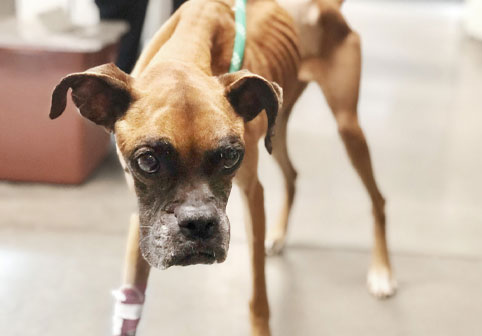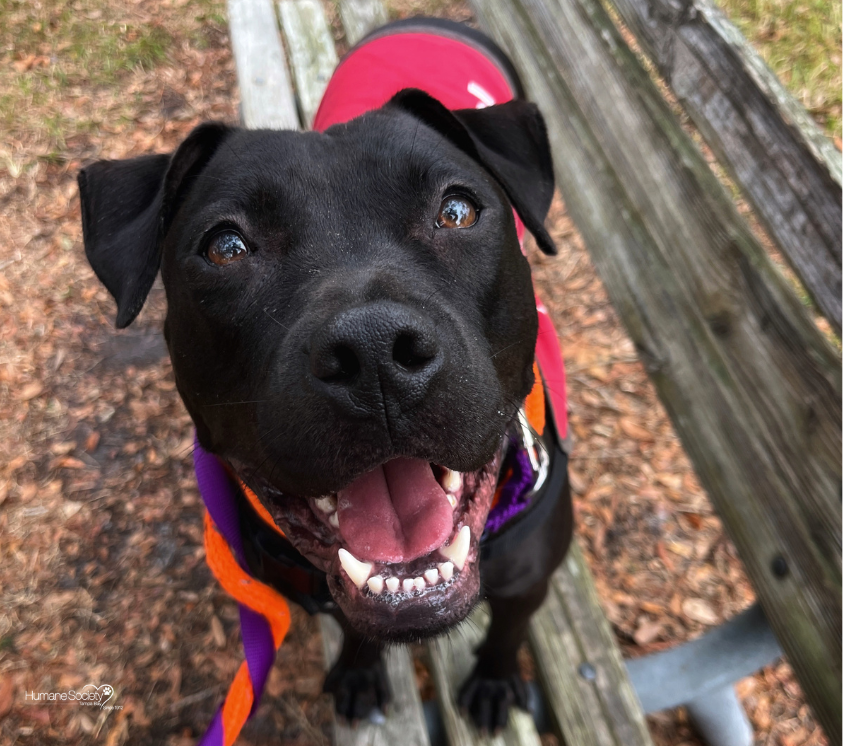6 Things to Know About Your Bearded Dragon
- 8 different species of bearded dragons can be found in the wilds of Australia.
- Males and females both have beards, which they puff out to appear bigger to predators.
- They use body language with each other including head-bobbing to show dominance and hand-waving to show submission.
- They were first introduced to the U.S. around 1990.
- They are omnivores, which means they eat both plants and small insects.
- They live for 7 – 12 years in captivity. They are relatively healthy lizards and most health issues arise from improper husbandry.
Tank Enclosure
The enclosure of a Bearded Dragon should be glass with a screen top. Their tank should measure 4 – 6 feet long, 2 feet wide, and 2 – 3 feet high.
A tank of this size is big enough for this lizard and it will also help the tank from overheating. In general, the bigger the tank the better.
To better replicate their natural environment, there should be rocks and branches in the tank to give them places to hide and shade to cool off after basking.
A Bearded Dragon opening its mouth and “smiling” excessively may indicate that the tank is too hot.
The humidity in the tank should be 30% – 40%, and this can be maintained by misting the tank every 48-hours. The exact humidity and temperature depends on the geographical location and ultimately the species of Bearded Dragon you have in captivity. In general, temperatures should be very high and the humidity relatively low.
There should be distinct climates in the tank, a basking side and a “cool” side. You should keep two thermometers: one in the basking area, and one in the cool side. They enjoy basking in heat and this section of your tank should be 95℉ – 105℉
The rest of the tank should be about 80℉ during the day, but this may be reduced at night. Using heating pads underneath the tank will prevent any rocks in the tank from getting too hot.
What Does a Bearded Dragon Eat?
They are an opportunistic predator that attacks their food when it is close by.
In captivity their diet is easy to maintain.
As a hatchling (less than 2-months-old), they will eat 2-3 times a day.
This diet should consist of 30% vegetables and 70% small crickets. The protein in a dragon’s diet can consist of crickets, superworms or even pinky mice. In all life-stages they should eat the following vegetables:
- Dandelions
- Romaine lettuce
- Beet tops
- Leafy greens
- Carrots
- Squash
- Zucchini
As a juvenile, they should eat daily and have a balanced diet of leafy greens and insects. While greens should be fed every day, insects should be fed every other day.
In their adult stage, a Bearded Dragon should be fed daily. This should consist of mostly crickets and lots of green vegetables.
Calcium and Vitamin D3 supplements should also be incorporated into their food to keep them healthy. The best time of day to feed your dragon is the morning as this allows them to digest their food in the warmest part of the day.
In terms of hydration, they are picky if they have to get their water intake from a deep bowl. Therefore, it is best to offer them water from a shallow water bowl with clean water at all times.
Bathing your dragon is not an absolute requirement, but soaking them in lukewarm water 2 – 3 times per week will help them defecate.
When they shed, they do so in several pieces over a couple days. Frequency of shedding depends on diet and time of year. They are likely to shed their skin in the spring and summer when they are eating regularly. Any abnormal shedding may occur near the digits and tip of their tail. When this happens, they may need to be bathed to avoid any infection.




